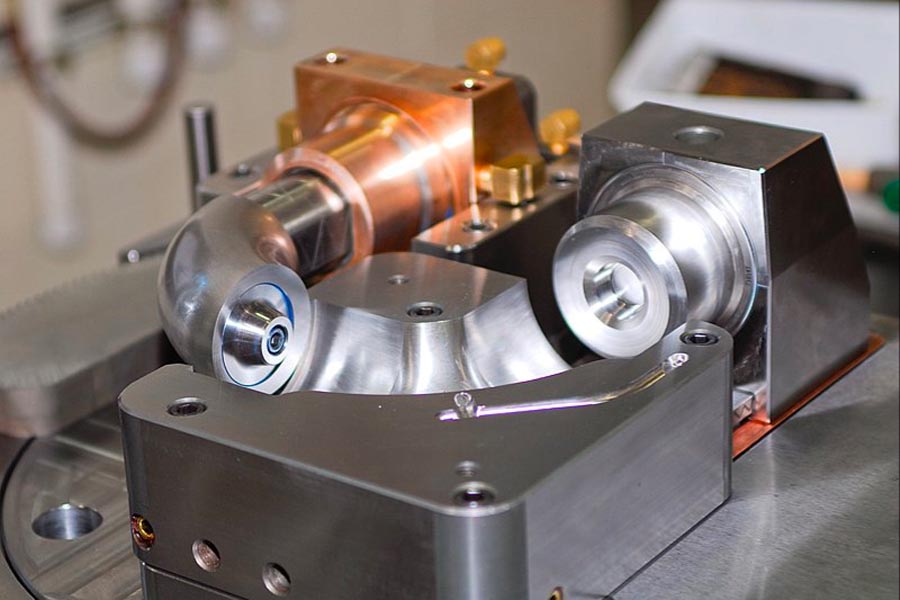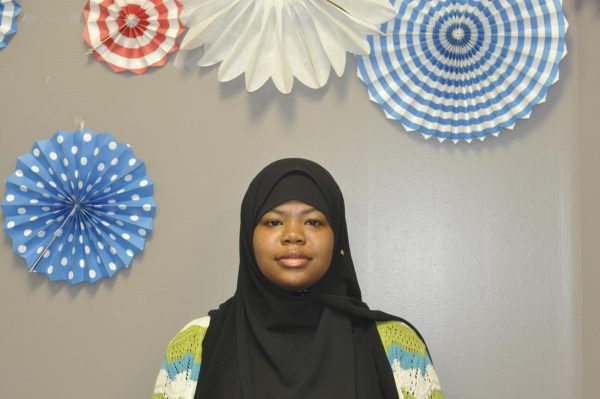Aspiring Engineers Leave Campus for the Real World
January 4, 2020
Members of the Construction and Design Academy who are enrolled in David Sander’s Engineering and Design class ventured from classroom to reality Oct. 24 to see the field of engineering in action.
Students took in the action at Superior Tooling that makes mold equipment for the plastics industry.
“They got to see engineers doing the design work for that, but they also got to see engineering technicians actually working in the machine shop making molds using really cool sophisticated machines from lazers to particle beams that used high voltage,” Sander said.
Next stop took the students to Eaton where, “engineers work on battery backup power systems,” according to Sander.
Senior Bradley Leach chose this stop as his favorite stop of the day. Leach liked this part, “because we got to try on the suits that they wore, and we got to see many of the electronics and all the fails that they had.”
At Eaton, Sander described another tool called Adaptive Reality where teams of two engineers work together. One engineer is working on the machine while wearing a headset and camera. The other engineer is in an office and can see everything that is going on. While the engineer works on the device or machine, the in-office engineer can send information to the visual headset of the worker from manuals and schismatics for that machine. Thus, the worker’s vision can receive overlaying information in the headset like where to attach wires, etc. in real time.
Sophomore Markel Stubbs liked the Adaptive Reality demonstration best.
“I’d say learning about augmented reality. It’s pretty cool, and it is about the future.”
The final two stops included the Wireless Research Center that tests antennas and wireless devices and the Electric Motor shop, which proved to be Ethan Howard’s favorite stop.
“I thought the electric motor shop was the best because it taught me a lot about motors and how the acrylic covering went into how machines work with generators,” Howard said.
Howard expressed that the trip helped clarify his future goals.
Howard said, “Yes, I think it made me have more tunnel vision toward what I would like to do in college as a degree.
Reporters Samantha Wolosztn and Katie Hottell and adviser Geoff Belcher also contributed to writing this story.



